Time is your most valuable asset, which is why accurate timesheets are so important to your company’s success. However, forgetting to turn in timesheets is such a common problem for employees that entire web pages are devoted to timesheet reminder memes that managers use to gently prod their employees.
Taking the time to streamline your timesheet submission process leads to faster client billing, better workplace relationships, and more accountability. The best way to start is to automate the timesheet reminder process.
How a timesheet reminder works
Timesheet reminders are messages managers send to employees to motivate them to fill out their timesheets on time. Reminders come in various forms, but the key is to tailor them to the way your employees prefer to communicate. Ineffective timesheet reminders are a waste of effort, resources, and — yet again — time.
The importance of timesheet reminders
Though they may seem like a minor irritation, timesheet reminders are an important element of maintaining a smooth and productive workplace. Even the best employees may procrastinate on tedious timesheet submissions and need several reminders to complete them.
This problem goes both ways — like when a department manager forgets to remind their workers to turn in their timesheets, so only two of them remember. Setting reminders gives your team the extra nudge to ensure timesheets are up to date.
The benefits of timesheet reminders
Timesheets measure your business’s efficiency and profitability, as well as your employees’ productivity, what projects they spend time on, departmental impact, and more. Timesheet reminders are your tool to keep these metrics consistent and updated so you don’t lose sleep — or money — over inaccurate performance numbers.
How to remind employees to fill out their timesheets
The tried-and-true timesheet approval process almost always starts with a timesheet reminder and follows these steps:
- Managers remind workers to complete and submit their timesheets.
- Workers submit timesheets to managers for approval.
- Managers approve timesheets or work with employees to make corrections.
- Managers send timesheets to the human resources department to process payroll.
There are several ways for managers to remind their employees about timesheets. Your methods will vary depending on how your employees best respond to reminders and how you set up your company’s workflow. Some common reminder methods include
- Email reminders
- SMS reminders
- Time-tracking software notifications
- HR software notifications
- In-person reminders
- Calendar notifications
- Regular follow-up messages on Slack or other platforms
- Meme reminders
While these methods work, much of their success depends on people following through with processes correctly — if someone makes a mistake at one stage, the whole system can break down. Automation reduces human error and sets a foundation for a smooth, consistent process. Having the right tools makes automation easy.
Pro Tip
Check out Jotform founder Aytekin Tank’s new book, Automate Your Busywork, to learn how to use no-code automation to offload repetitive tasks and boost your organization’s efficiency.
What to keep in mind when implementing timesheet reminders
Whichever method or tool you choose, keep it simple. Your system needs to be easy to use, consistent, and timely. This means you need to build it around your business’s needs and your employee’s schedules. The last thing you want is to send timesheet reminders at your busiest time or through a method that doesn’t reach all your employees effectively.
Also, consider some of the reasons workers currently ignore or forget reminders. Perhaps they’re losing email notifications in their inboxes and would prefer mobile notifications. Or maybe employees who work on the road need location-based reminders. Ask your staff what causes them to overlook reminders, and try to solve their specific problems as much as you can.
Why employees resist filling out timesheets
Timesheets are a common source of anxiety for hourly employees. As a direct record of their work, employees often feel as though management will use their timesheets against them. This leads to procrastination and reporting inaccuracies. Employees will often avoid filling out their timesheets until the last minute because of factors such as
- Anxiety about performance
- Fear of termination or reprimand
- Work fatigue
- Overly complicated time-tracking processes
- Lack of time
If your employees resist filling out timesheets, consider how you’re communicating their value. Employees who feel as though their employers are overworking them are less likely to fill out their timesheets on time — leading to issues for you.
How to encourage employees to fill out timesheets
Communicating the importance of timesheets to employees is a challenge. Employees who aren’t motivated to fill out their timesheets won’t prioritize the task. This is why finding the right type of encouragement for your employees is key to keeping your company running smoothly.
If you’re struggling with encouraging your employees to fill out their timesheets, consider these potential tactics:
- Offer incentives for consistently submitting timesheets on time
- Highlight benefits for employees
- Make your time-tracking process easier
- Automate your time tracking
- Allocate specific time for employees to fill out timesheets
While imposing consequences for not submitting timesheets will likely motivate employees to fill them out, it will also decrease employee morale and overall company well-being. Before choosing a more punitive method, it’s best to give the positive alternatives above a try.
How to automate the timesheet reminder process
Constantly reminding your employees to fill out their timesheets is tedious and takes time away from more pressing tasks. If you’re ready to get rid of reminder chaos and miscommunication, follow these key steps.
- Assess your needs. Consider the unique conditions that impact your business to inform your process every step of the way. For example, are most of your workers remote? Do they travel for work? How many temporary or contract workers do you have? Does the work your exempt employees do require you to bill clients per hour? How many hours do paid interns usually work?
- Evaluate roles and responsibilities. Lack of clarity about who is responsible for sending reminders or approving timesheets can lead to confusion. Reaffirming or even reassigning responsibilities will encourage your team to optimize the timesheet process.
- Establish rules and procedures. Ask your employees if there’s anything about the timesheet system they think should change. From there, build a system that works for your business and employees. An employee-centric strategy will foster stronger results and a smoother transition.
- Test the system. Once you find the right process, do a test run with employees. During the test, pay attention to any problems that arise and stay alert to additional employee feedback. Be sure to carefully evaluate your results after the test.
- Commit to continuous improvement. Although an automated process will soon become second nature, that doesn’t mean you should stop looking for ways to improve it. Set up times to occasionally review your workflow for ways to make it even easier.
How to choose the right timesheet reminder tool
While your timesheet reminder needs may vary from those of another business, it’s important to keep in mind what features are most useful to your employees. Keeping employees up to date on time tracking will keep your business running smoothly and help inform other crucial decisions — for example, about payroll, promotions, and departmental structure.
Before you decide which timesheet reminder tool to use, consider the following criteria:
- Does this tool easily fit with our current workflow?
- Does this tool integrate with our current HR software? Does it replace it?
- Do these reminders effectively catch an employee’s attention?
- Does this tool make timesheets more or less complicated to manage?
- Does this tool offer additional benefits?
Finding a single tool just for timesheet reminders will be a challenge, so be sure to consider the added benefits that a platform offers you as well.
While options such as Clockify, ClockShark, Justworks Hours, QuickBooks, and AttendanceBot come with a range of features, the right tool for your organization will have automatic timesheet reminder functionality. Some other top options include
To further refine your timesheet approval process, look for an application that integrates with your existing project management tools and human resources programs. Notifications should be easy to set up and highly customizable.
How Jotform helps businesses automate timesheet reminders
Whether you need to make minor modifications to your timesheet reminders or you decide to completely overhaul your timesheet workflow, Jotform can help.
Jotform offers a variety of online form templates to collect timesheet information from employees. You can customize these forms with your organization’s brand colors and logo and store all timesheet input in one place.
For an all-in-one product that encompasses the entire timesheet approval process, check out Jotform Approvals. Create an automated workflow in minutes that includes automatic email reminders. Streamline your process by adding if-then conditions, expiration dates, parallel paths, and more. Plus, you can view the status of your workflow from any device with complementary tools such as Jotform Inbox and the Jotform Mobile Forms app.
By automating your timesheet reminder process, you’ll spend less time looking for a timesheet meme to send employees and more time doing the work that matters. Make a plan, test your strategy, and learn more about the right tools — like Jotform — to build a consistent, effective, and automated timesheet reminder process that your employees will appreciate.



















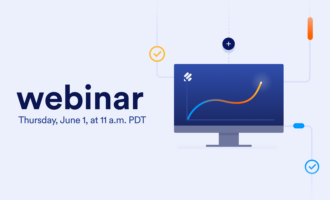


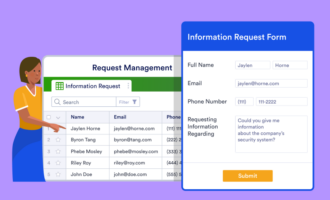



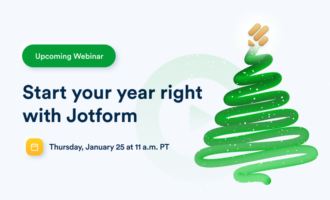

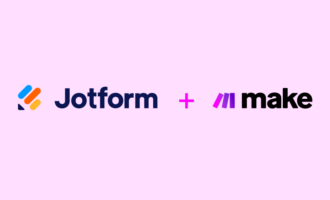





















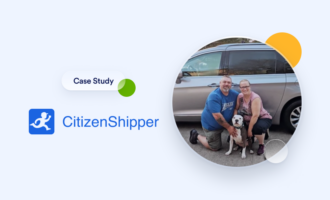










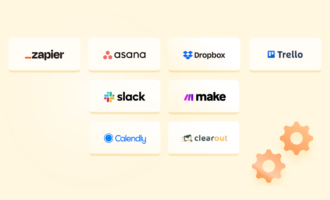
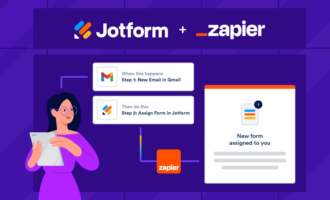















Send Comment: